Home>Home Appliances>Kitchen Appliances>What Temperature For Beef Jerky In A Dehydrator
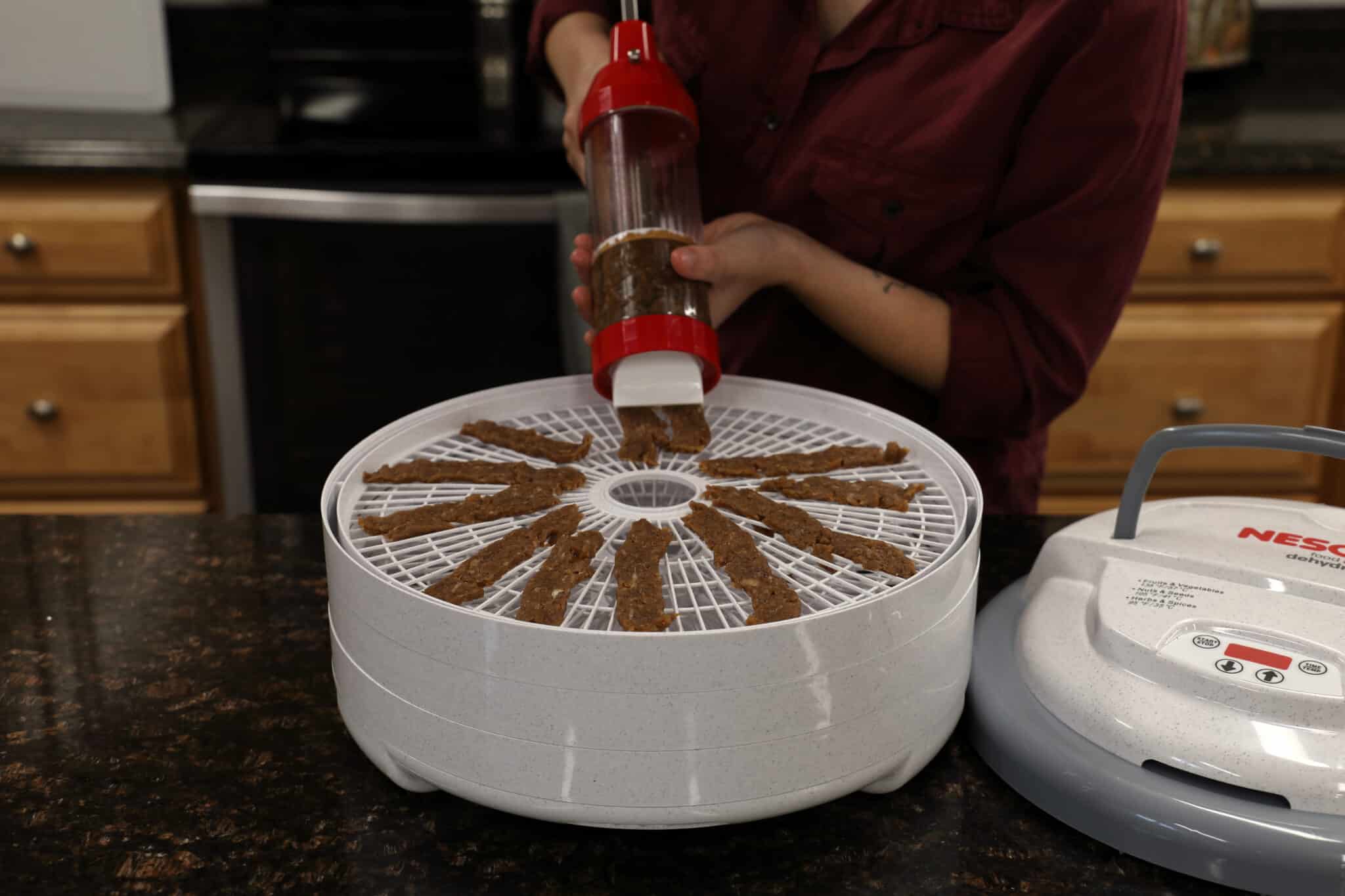

Kitchen Appliances
What Temperature For Beef Jerky In A Dehydrator
Modified: January 18, 2024
Discover the ideal temperature for making delicious beef jerky in a dehydrator with our comprehensive guide. Find out the best kitchen appliances for perfect results.
(Many of the links in this article redirect to a specific reviewed product. Your purchase of these products through affiliate links helps to generate commission for Storables.com, at no extra cost. Learn more)
Introduction
Welcome to the world of homemade beef jerky! If you're a fan of this savory, protein-packed snack, you've likely considered making your own at home. One of the key elements in creating delicious beef jerky is the temperature at which it is dehydrated. In this article, we'll explore the optimal temperature for beef jerky in a dehydrator, as well as the factors that can influence this crucial aspect of the jerky-making process.
Making beef jerky at home can be a rewarding and enjoyable experience. Not only does it allow you to customize the flavors and seasonings to your liking, but it also provides a sense of accomplishment as you transform raw meat into a delectable, shelf-stable snack. However, achieving the perfect texture and flavor in beef jerky requires careful attention to detail, especially when it comes to the temperature at which it is dehydrated.
Whether you're a seasoned jerky enthusiast or a newcomer to the world of homemade snacks, understanding the role of temperature in the jerky-making process is essential. By the end of this article, you'll have a comprehensive understanding of the optimal temperature for dehydrating beef jerky, as well as the factors that can impact this temperature and the best practices for monitoring it throughout the dehydration process. So, let's dive into the fascinating world of beef jerky and discover the science behind achieving that perfect chewy texture and mouthwatering flavor.
Key Takeaways:
- Choose a dehydrator temperature between 145°F to 160°F for safe and flavorful beef jerky. Consider factors like meat thickness and marinade to achieve the perfect balance of texture and taste.
- Monitor and adjust the dehydrator temperature to ensure safe and delicious beef jerky. Use a food thermometer, consider external factors, and make observations for the best homemade jerky every time.
Choosing the Right Temperature
When it comes to dehydrating beef jerky, selecting the right temperature is crucial for achieving the perfect balance of texture, flavor, and safety. The optimal temperature for dehydrating beef jerky typically ranges from 145°F to 160°F (63°C to 71°C). This temperature range is recommended to ensure that the jerky reaches a safe internal temperature while preserving its natural flavors and textures.
Dehydrating beef jerky at a temperature below 145°F (63°C) may not effectively eliminate harmful bacteria, while dehydrating it at a temperature above 160°F (71°C) can result in a dry, tough texture and diminished flavor. Therefore, maintaining a consistent temperature within this range is essential for producing high-quality beef jerky.
It’s important to note that the specific temperature within this range can vary depending on the type of dehydrator being used, the thickness of the meat slices, and the desired texture of the final product. Thinner slices of meat may require a slightly lower temperature to prevent them from becoming overly dry, while thicker slices may benefit from a slightly higher temperature to ensure that the internal temperature reaches the recommended level for safe consumption.
Additionally, some dehydrators offer adjustable temperature settings, allowing you to fine-tune the drying temperature based on your preferences and the specific requirements of the recipe you’re using. Before dehydrating your beef jerky, it’s advisable to consult the manufacturer’s instructions for your dehydrator to determine the optimal temperature setting for jerky-making.
Ultimately, the goal when choosing the right temperature for dehydrating beef jerky is to achieve a balance between food safety, texture, and flavor. By carefully considering the factors that influence the drying process and selecting an appropriate temperature within the recommended range, you can ensure that your homemade beef jerky turns out perfectly every time.
Factors Affecting Temperature
Several factors can influence the temperature at which beef jerky is dehydrated, impacting the overall quality and safety of the finished product. Understanding these factors is essential for achieving consistent and desirable results when making beef jerky at home.
Meat Thickness: The thickness of the meat slices plays a significant role in determining the optimal dehydration temperature. Thinner slices of meat require lower temperatures to prevent them from becoming overly dry, while thicker slices may necessitate slightly higher temperatures to ensure that the internal temperature reaches the recommended level for safe consumption.
Dehydrator Type: Different types of dehydrators may have varying heat distribution and airflow patterns, which can affect the temperature at which beef jerky is dehydrated. It’s important to consider the specific characteristics of your dehydrator and adjust the temperature settings accordingly to achieve consistent and reliable results.
Ambient Humidity: The ambient humidity in your environment can impact the dehydration process. In humid conditions, the dehydrator may need to work harder to remove moisture from the meat, potentially requiring a slightly higher temperature to achieve the desired results. Conversely, in drier environments, lower temperatures may be sufficient for effective dehydration.
Marinade and Seasonings: The composition of the marinade and seasonings used in the beef jerky recipe can influence the dehydration temperature. Ingredients such as sugar and salt can affect the texture and moisture content of the meat, which may necessitate adjustments to the dehydration temperature to achieve the desired outcome.
Desired Texture: The texture you want to achieve in your beef jerky can also impact the dehydration temperature. If you prefer a chewier, more tender jerky, you may opt for a lower dehydration temperature to retain more moisture in the meat. Conversely, if you prefer a drier, firmer jerky, a slightly higher temperature may be suitable.
By considering these factors and their potential impact on the dehydration process, you can make informed decisions when selecting the temperature for dehydrating beef jerky. Adjusting the temperature based on these considerations can help you achieve the perfect balance of flavor, texture, and safety in your homemade beef jerky.
Set your dehydrator to a temperature of 160°F (71°C) for beef jerky. This will ensure that the meat is safe to eat while still preserving its flavor and texture.
Monitoring the Temperature
Ensuring that the temperature remains consistent throughout the dehydration process is essential for producing safe and delicious beef jerky. Several methods can be employed to monitor and maintain the temperature within the optimal range, allowing you to achieve reliable and consistent results with each batch of jerky.
Use of a Food Thermometer: One of the most reliable ways to monitor the temperature of beef jerky during dehydration is to use a food thermometer. Insert the thermometer probe into the thickest part of a few jerky pieces to ensure that the internal temperature reaches at least 160°F (71°C), the recommended temperature for safe consumption of meat products.
Adjustable Dehydrator Settings: If your dehydrator is equipped with adjustable temperature settings, take advantage of this feature to fine-tune the drying temperature based on the specific requirements of your recipe and the factors influencing the dehydration process. Refer to the manufacturer’s instructions for guidance on setting and maintaining the desired temperature.
Regular Temperature Checks: Periodically check the temperature inside the dehydrator throughout the drying process to ensure that it remains within the recommended range. This can be done using a separate thermometer placed inside the dehydrator or by monitoring the built-in temperature display, if available.
Adjusting for External Factors: Be mindful of external factors that may impact the dehydration temperature, such as changes in ambient humidity or variations in the thickness of the meat slices. Make adjustments as needed to compensate for these factors and maintain the desired temperature within the dehydrator.
Observation and Evaluation: Pay attention to the appearance and texture of the beef jerky as it dehydrates. If you notice that the jerky is drying too quickly or not reaching the desired texture, consider adjusting the temperature settings or making other modifications to achieve the best results.
By actively monitoring the temperature and making necessary adjustments throughout the dehydration process, you can ensure that your beef jerky is not only safe to consume but also possesses the ideal texture and flavor that you desire. This level of attentiveness and care contributes to the overall success of your homemade beef jerky endeavors.
Conclusion
Dehydrating beef jerky at the optimal temperature is a critical factor in achieving a safe, flavorful, and satisfying end product. By carefully selecting the right temperature, considering the factors that influence the dehydration process, and monitoring the temperature throughout the drying process, you can create delicious homemade beef jerky that is both safe to consume and bursting with mouthwatering flavors.
Choosing the right temperature for dehydrating beef jerky involves striking a balance between food safety, texture, and flavor. The recommended temperature range of 145°F to 160°F (63°C to 71°C) provides a guideline for achieving this balance, but it’s important to consider additional factors such as meat thickness, dehydrator type, ambient humidity, marinade composition, and desired texture when making temperature-related decisions.
Throughout the dehydration process, actively monitoring the temperature and making adjustments as needed ensures that the jerky reaches the recommended internal temperature for safe consumption while maintaining the desired texture and flavor. Whether using a food thermometer, adjusting dehydrator settings, or making observations based on the jerky’s appearance and texture, your attentiveness to the temperature contributes to the overall success of your jerky-making endeavors.
As you continue to explore the world of homemade beef jerky, remember that the temperature at which it is dehydrated plays a pivotal role in the outcome of this delicious snack. By understanding the importance of temperature, considering the influencing factors, and implementing best practices for temperature monitoring, you can confidently create batch after batch of delectable beef jerky that is sure to impress your taste buds and those of your friends and family.
So, the next time you fire up your dehydrator to make a fresh batch of beef jerky, remember the significance of temperature and the impact it has on the final product. With the right temperature and a dash of creativity, you’re well on your way to becoming a beef jerky aficionado in your own kitchen!
Frequently Asked Questions about What Temperature For Beef Jerky In A Dehydrator
Was this page helpful?
At Storables.com, we guarantee accurate and reliable information. Our content, validated by Expert Board Contributors, is crafted following stringent Editorial Policies. We're committed to providing you with well-researched, expert-backed insights for all your informational needs.
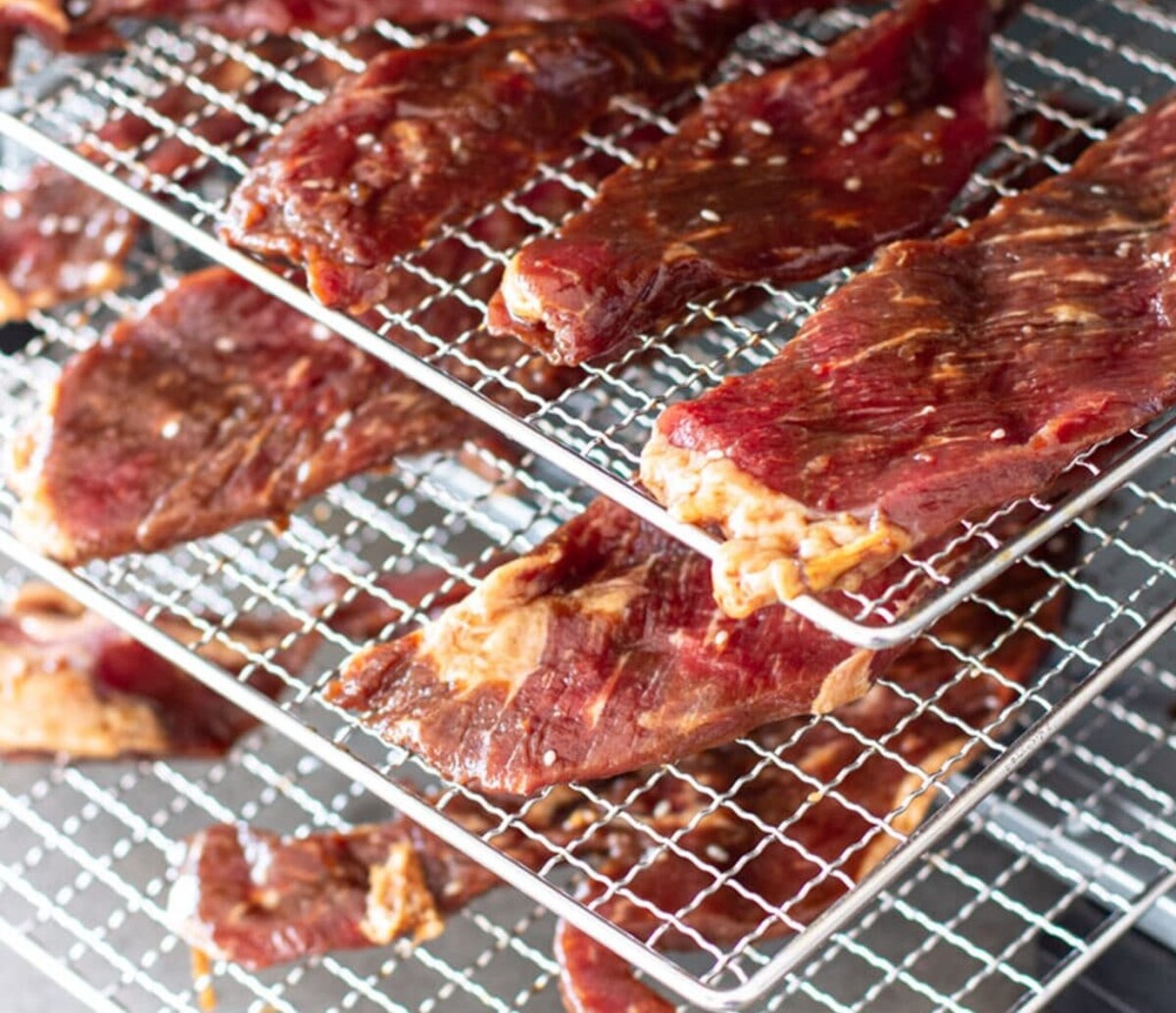
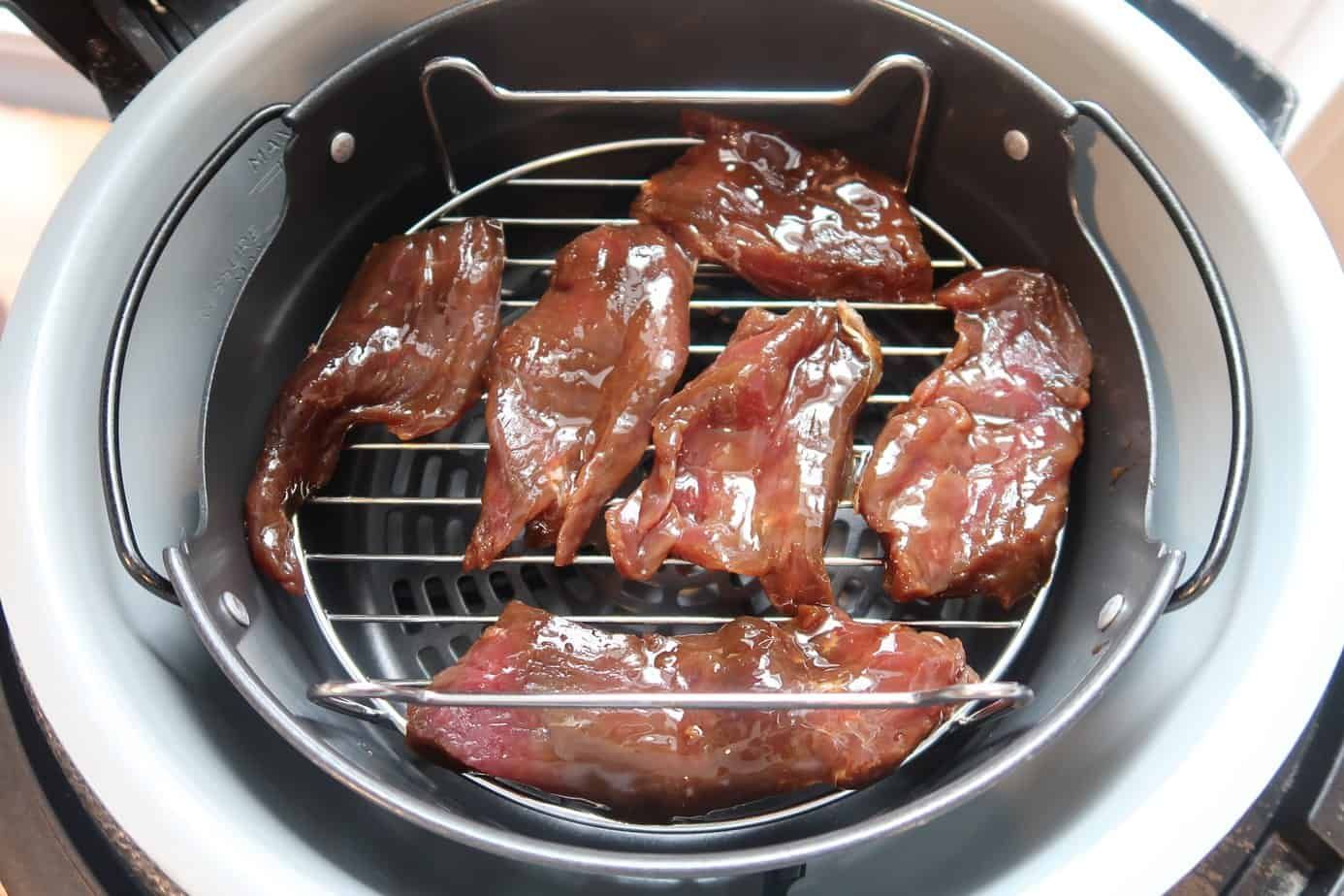
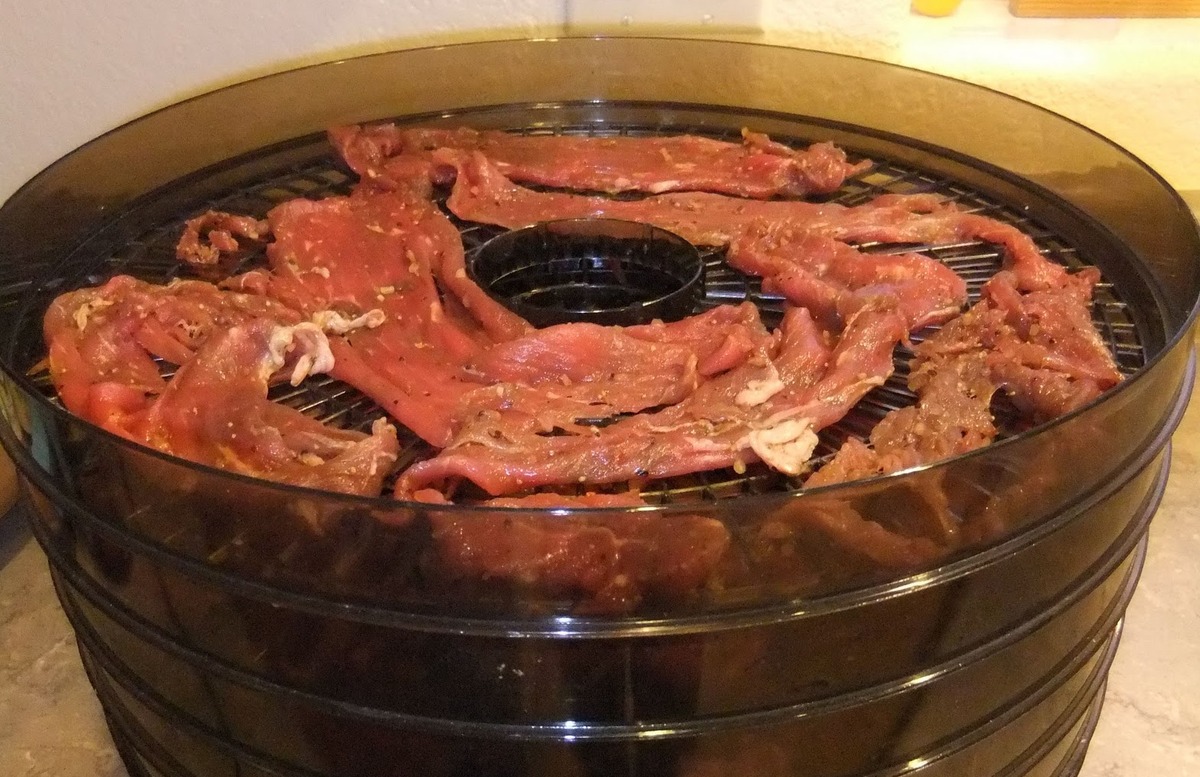
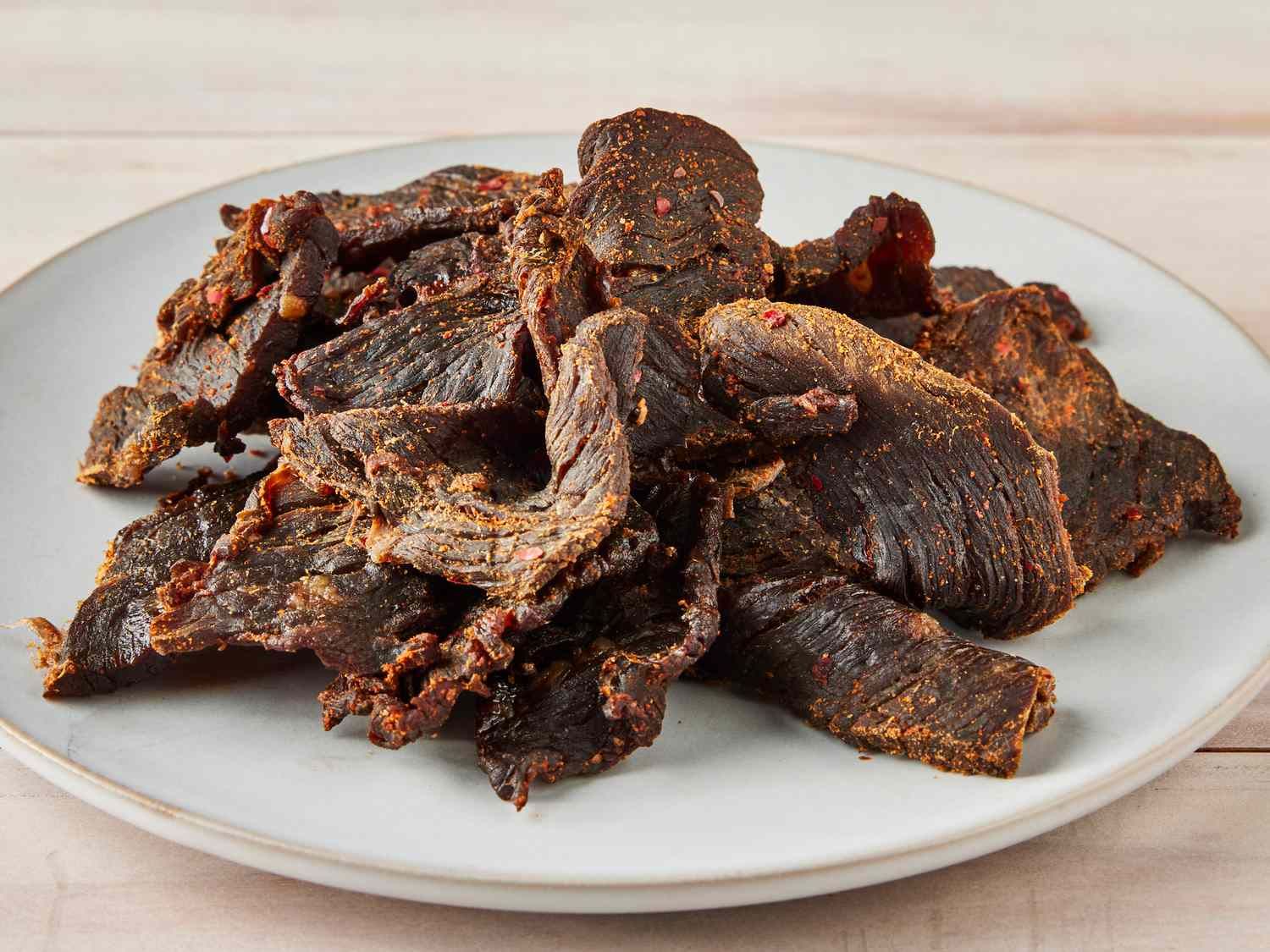
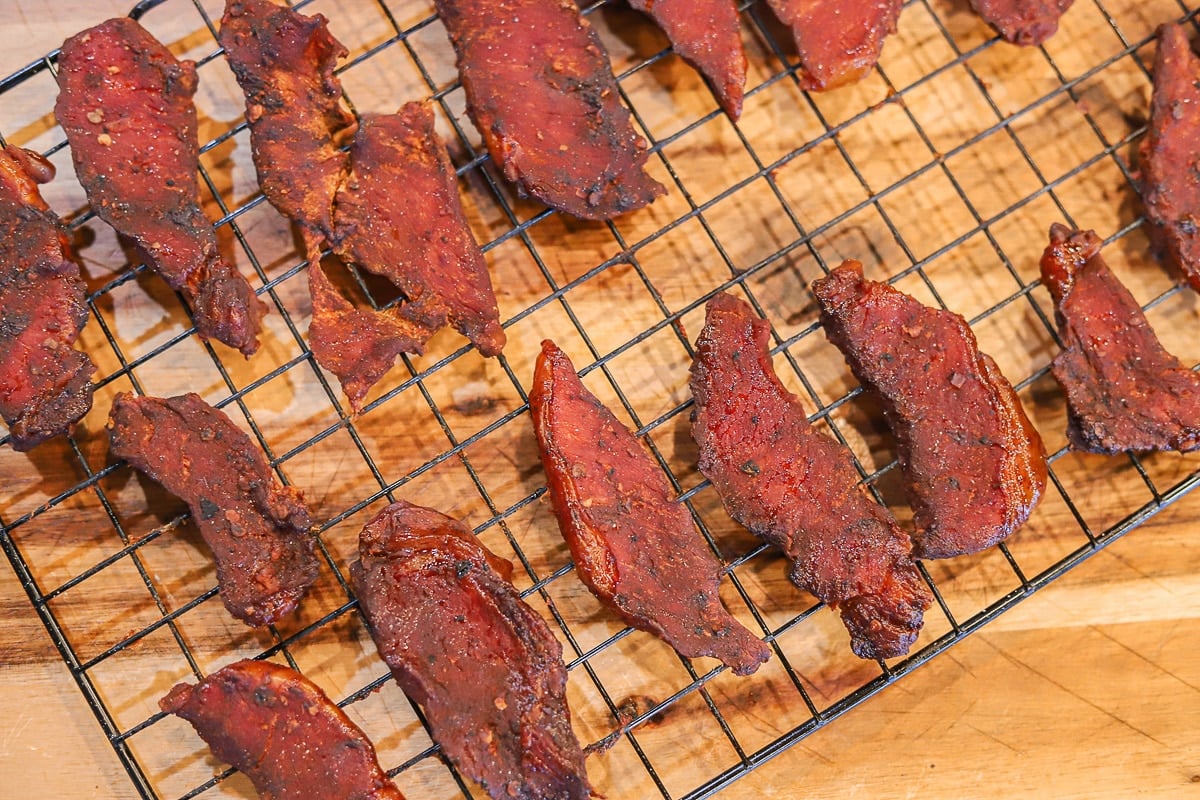
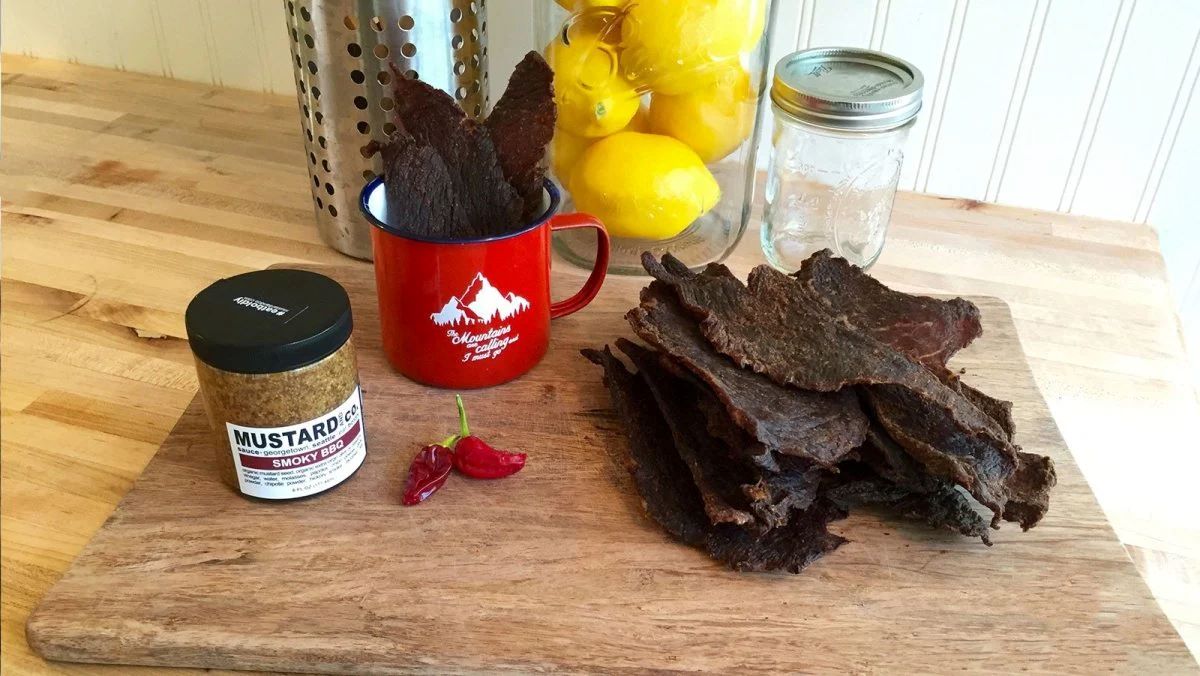
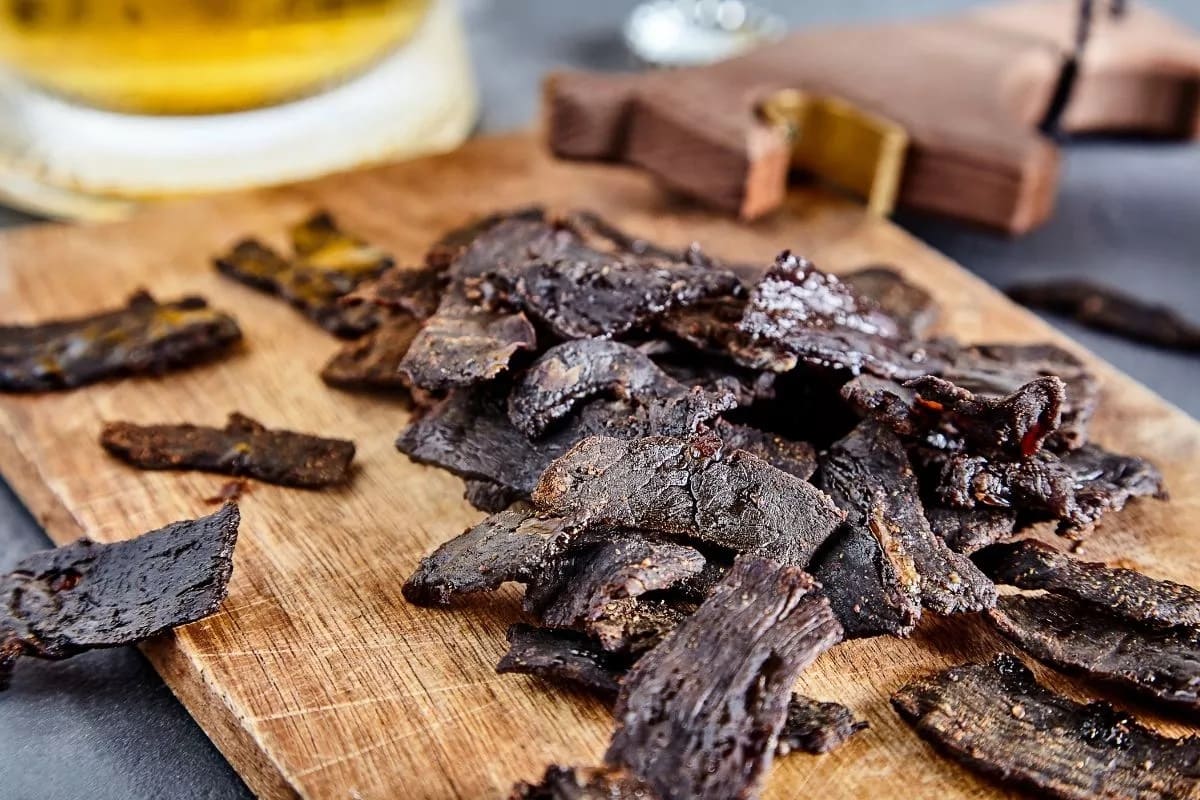
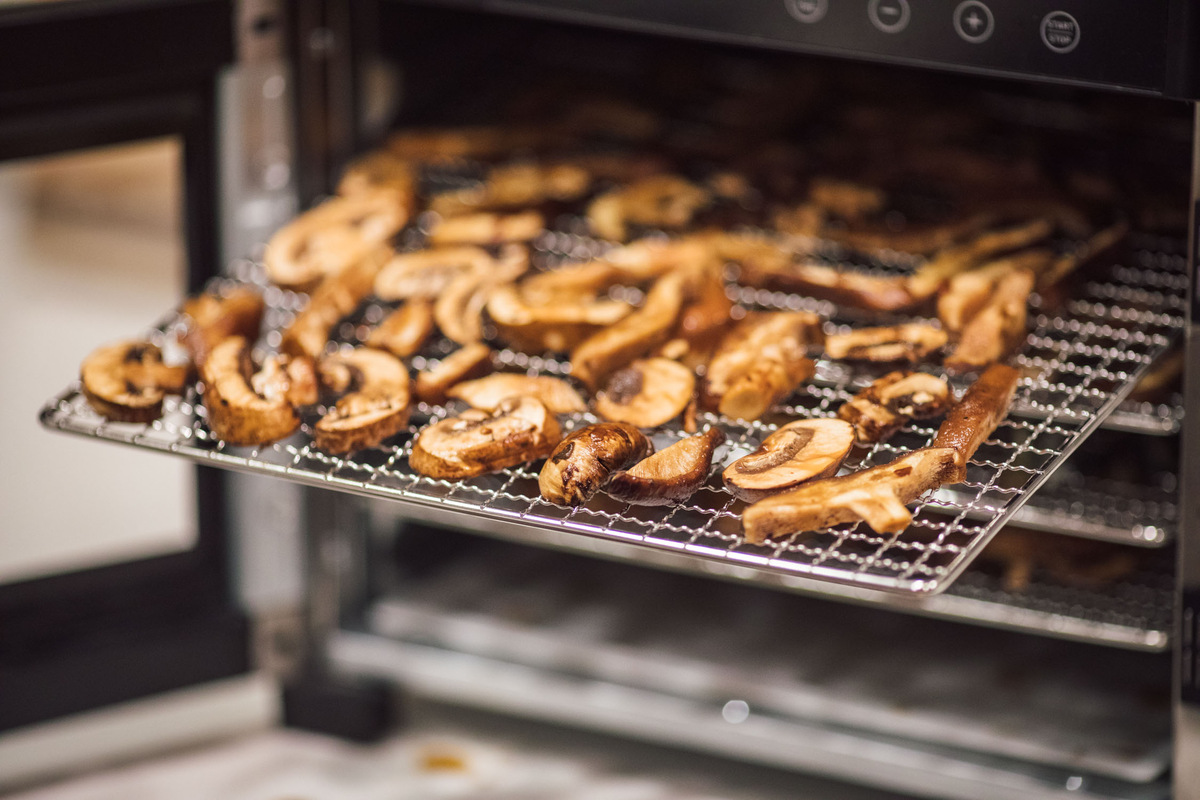
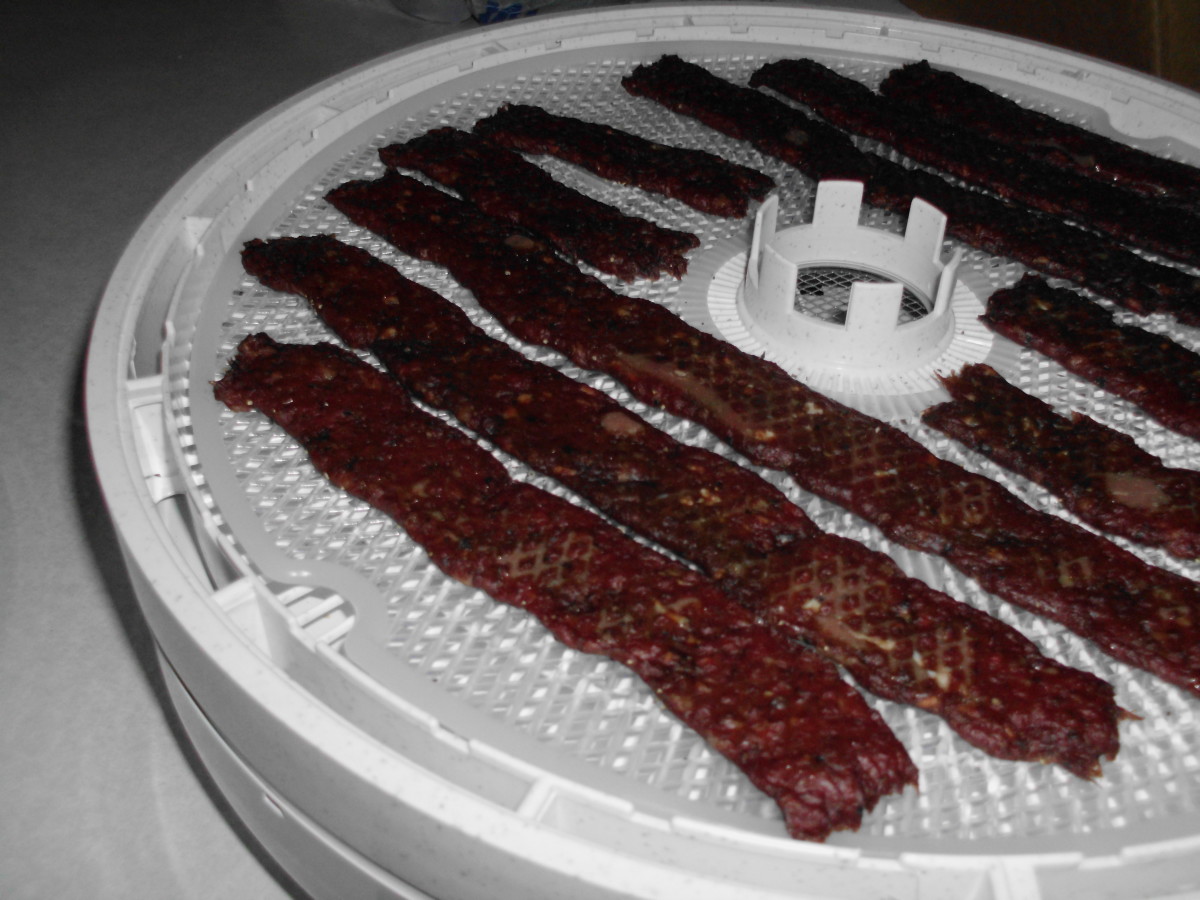
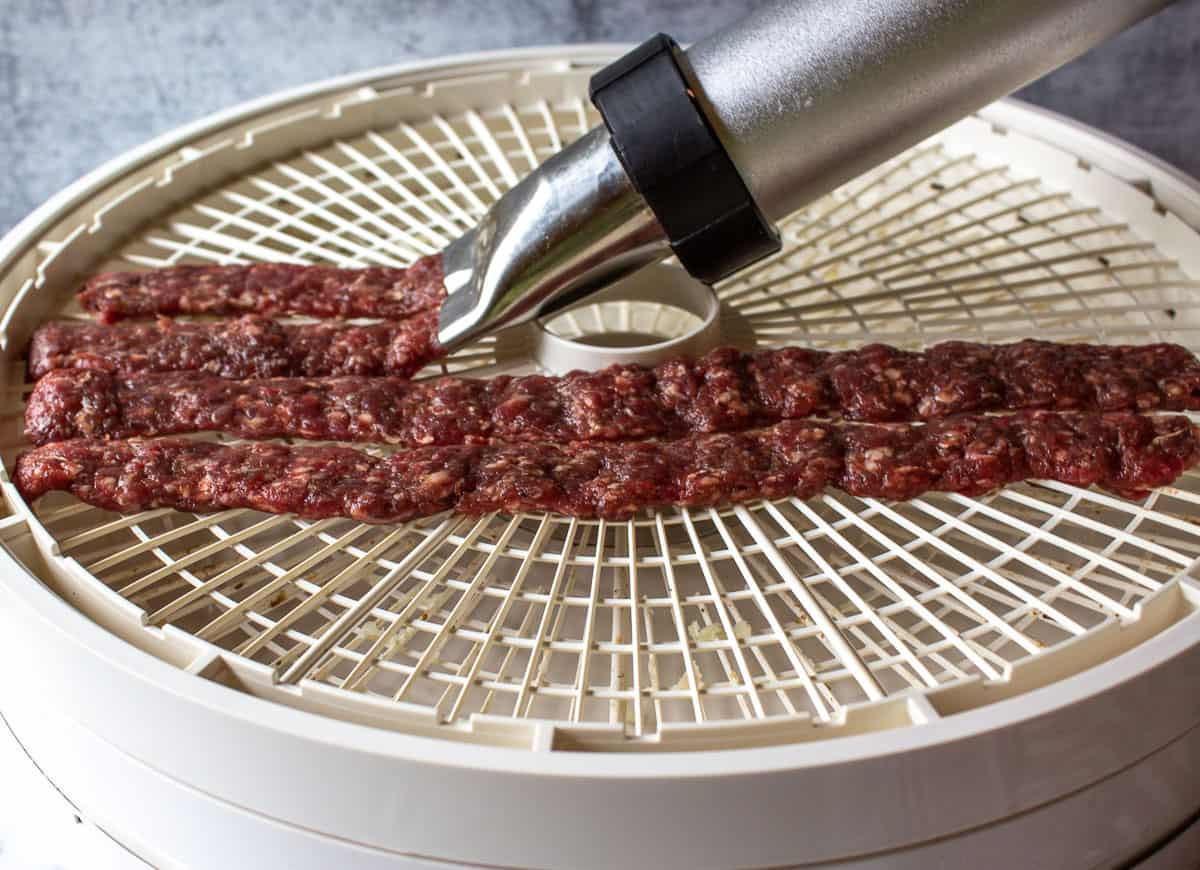
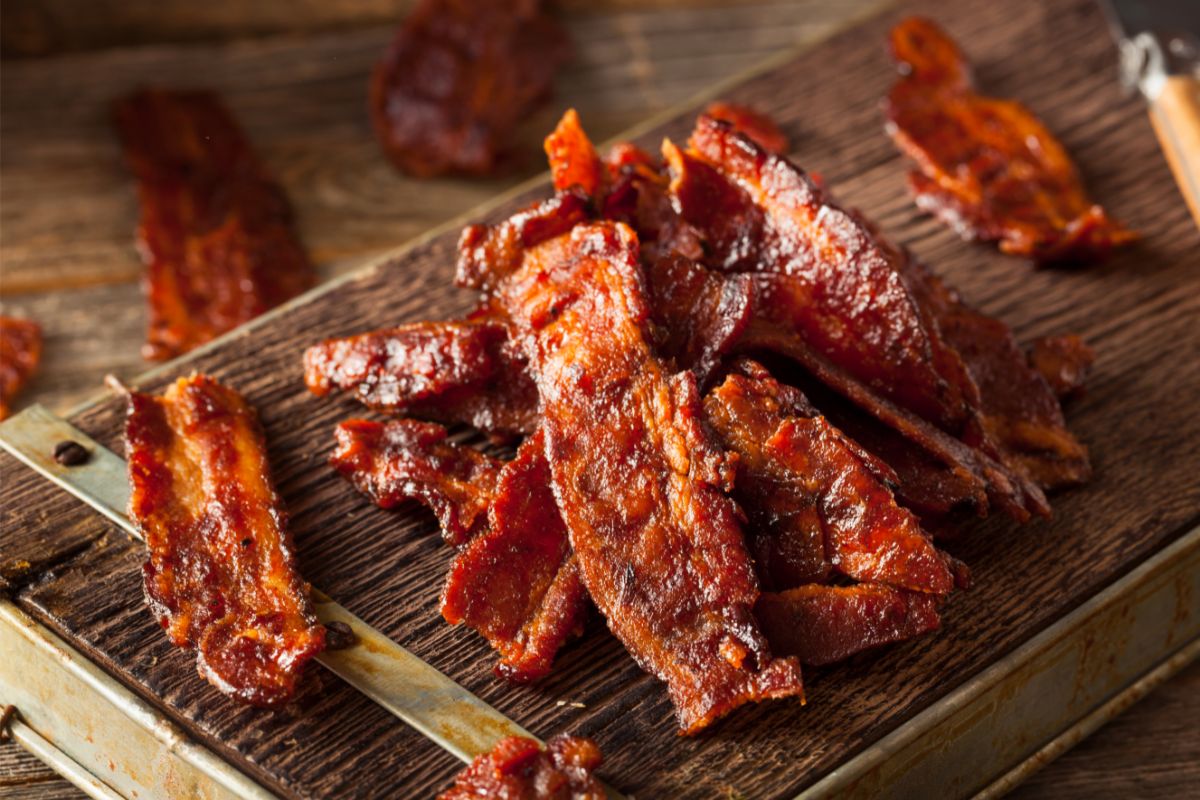
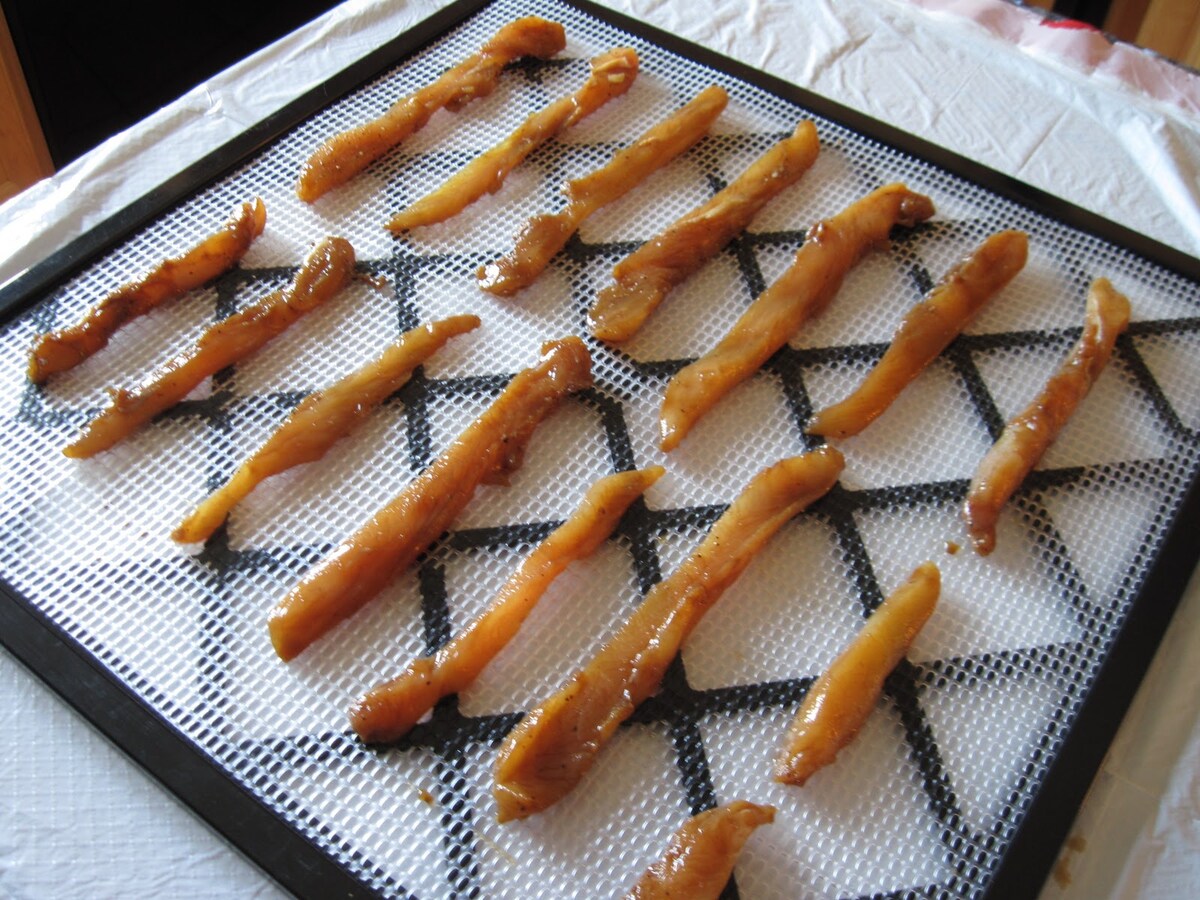
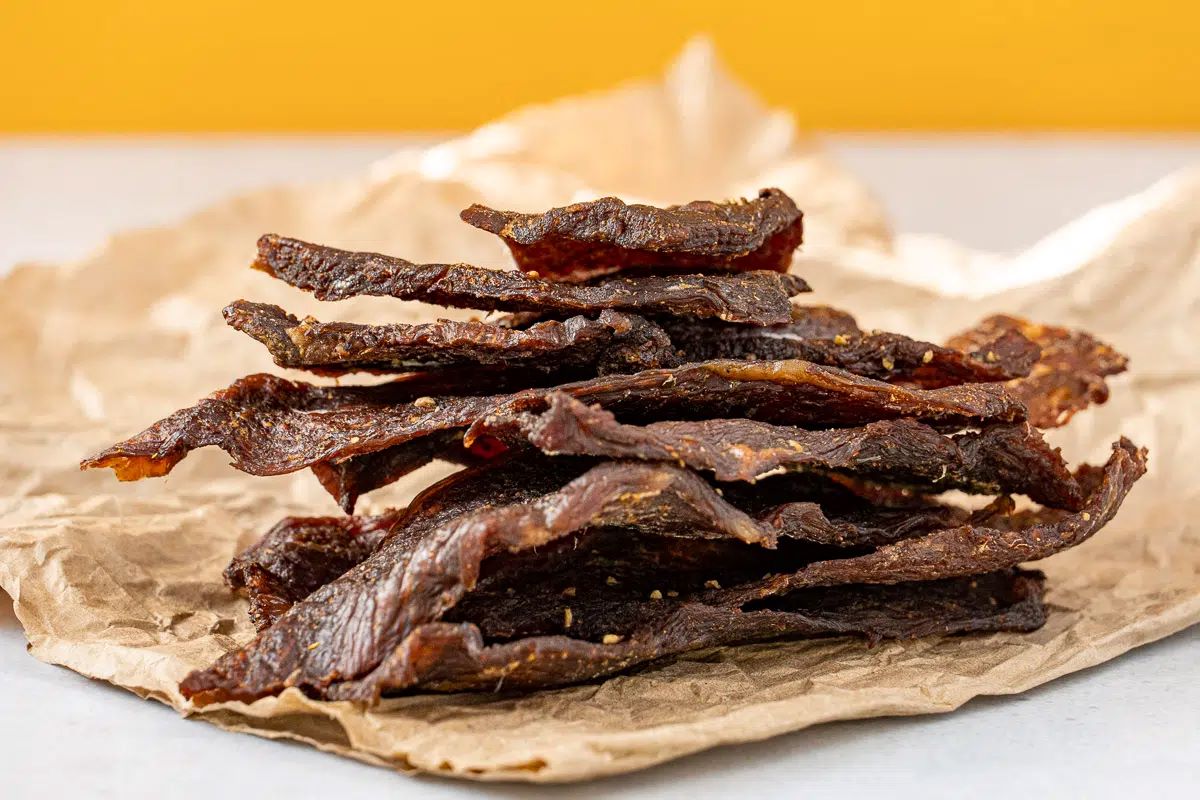
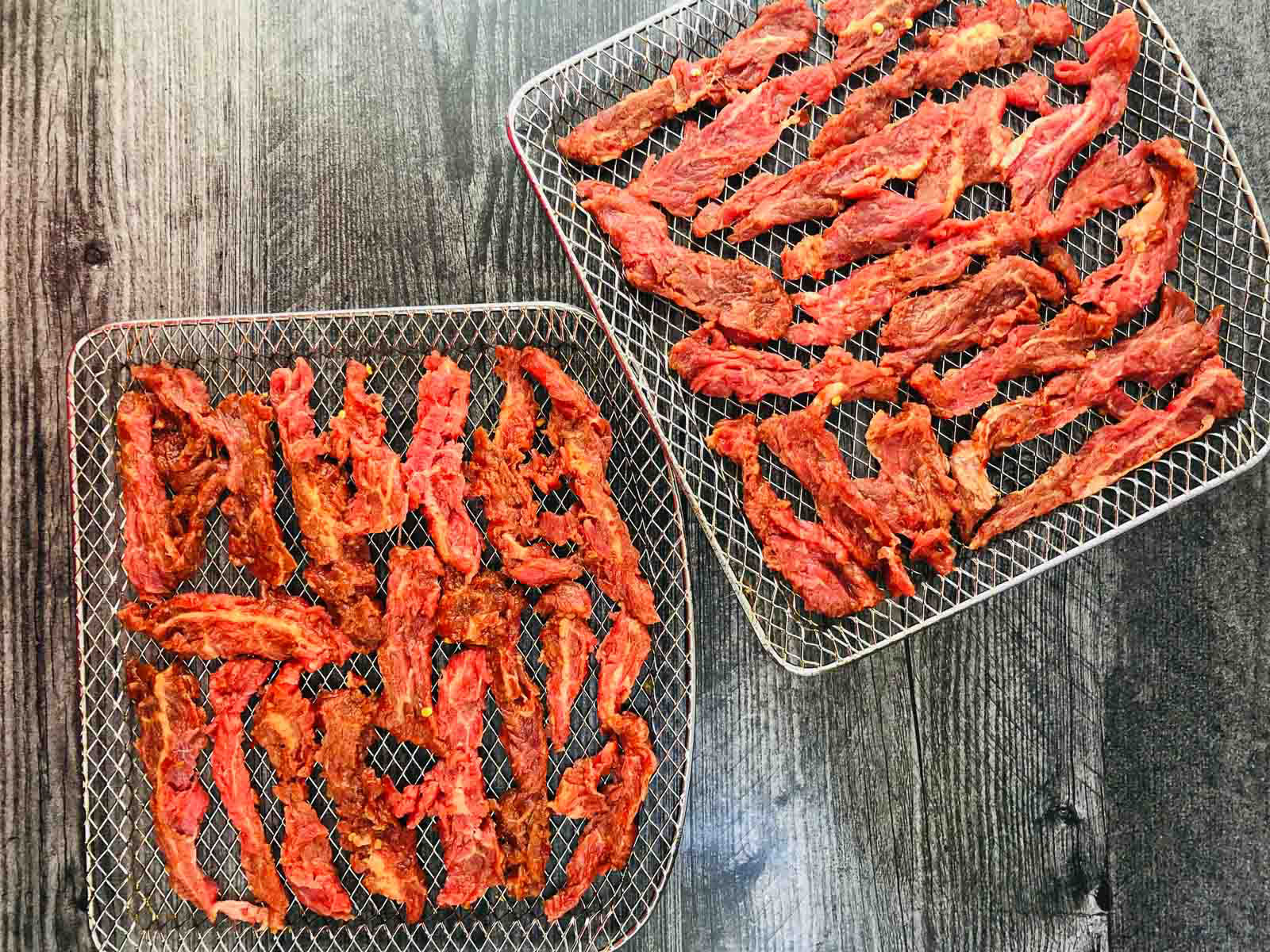
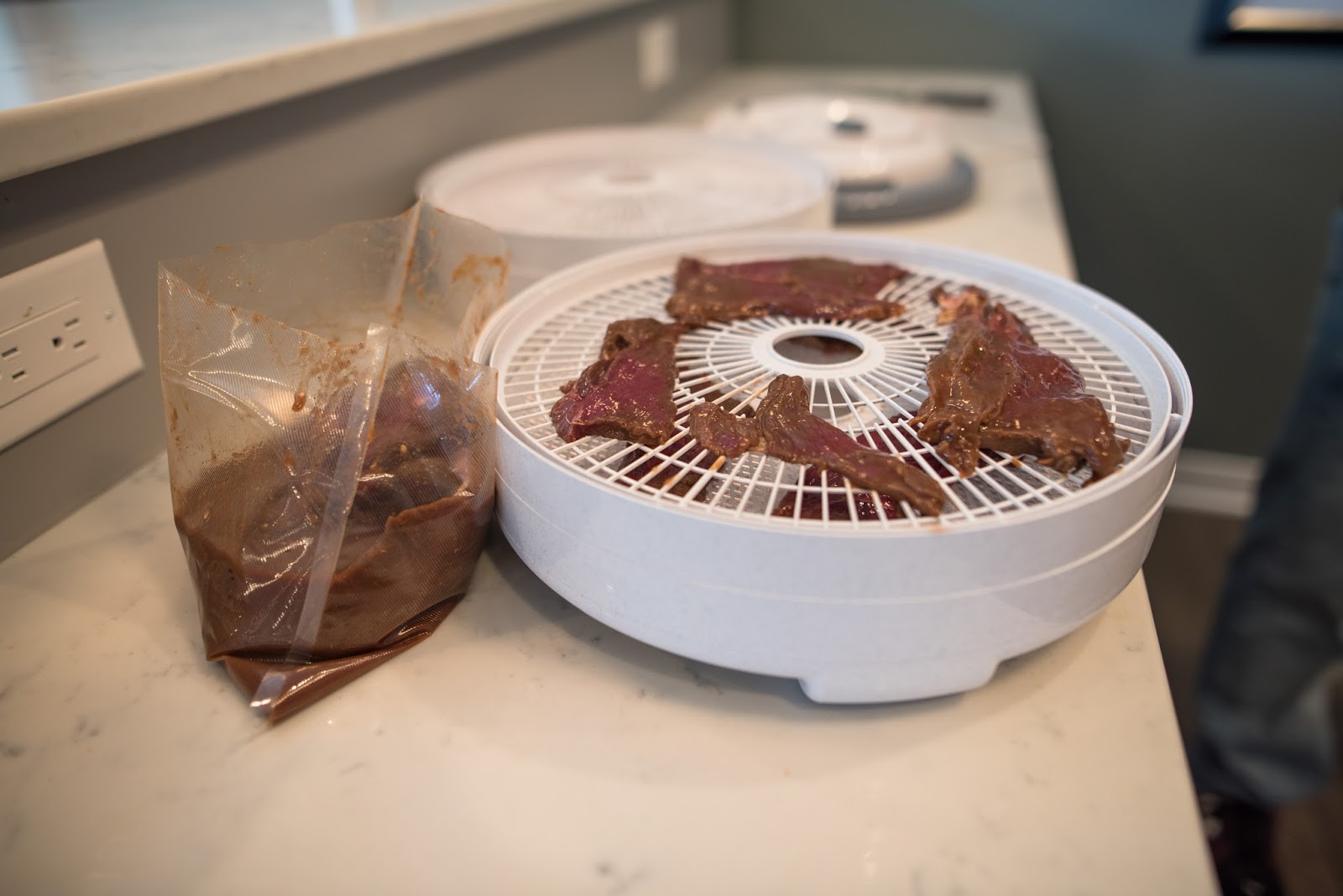

0 thoughts on “What Temperature For Beef Jerky In A Dehydrator”